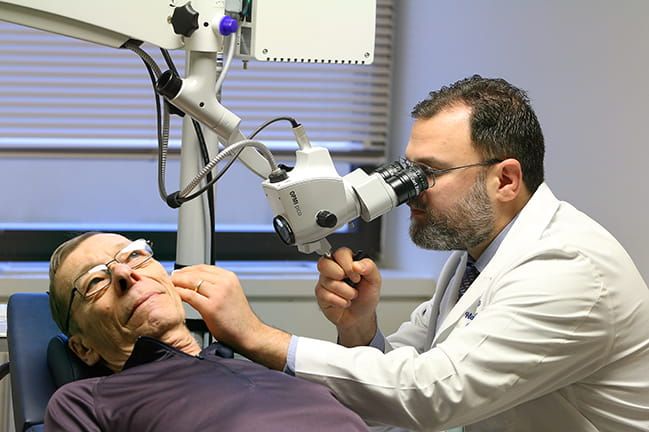Vestibular balance disorders affect millions of people. They are caused by various factors, but most of them result in poor balance and dizziness. Balance retraining at a qualified physical therapy clinic can help people with balance disorders regain normal function.
What Is Vestibular Imbalance?
Vestibular imbalance disorders are caused by problems with the inner ear or the vestibular nerve that sends information about balance and hearing to the brain. They typically affect your sense of balance and cause several related symptoms, including vertigo, dizziness, and trouble with hearing.
Vestibular disorders are most common in older adults, but they can occur at any age. It is usually diagnosed through a combination of hearing, vision, and clinical examinations. Doctors may also use medical imaging tests, blood work, and clinical assessments to arrive at a proper diagnosis.
What Causes It?
Vestibular balance can be caused by various factors, many of which are rooted in disorders of the inner ear. However, some may be a bit more surprising. For example, medications are a common cause of the condition. Other causes include infections and traumatic brain injuries.
Problems in the inner ear that contribute to vestibular balance disorder include
- Benign Paroxysmal Positional Vertigo: This is caused by a buildup of debris or calcium deposits within the inner ear. These deposits interfere with the body’s ability to sense positioning.
- Meniere’s disease: This disorder is likely associated with the autoimmune system. It causes dizziness, vertigo, and hearing loss.
- Perilymphatic fistula: This is a tear in the thin membrane separating the inner and middle ear.
- Vestibular neuritis: This condition results from viral infections somewhere in the body. It is characterized by damage to the vestibular nerve and can affect hearing as well as balance.
How To Rehabilitate from Vestibular Imbalance
Your treatment will depend greatly on the cause of your vestibular balance disorder. However, the first step to getting help for poor balance is finding a professional specializing in inner ear disorders. Don’t settle for just any physical therapy practice. Instead, make an effort to find physical therapy near me that works with balance issues with vestibular causes. Once you find a therapist that you are comfortable with, you must commit to following the prescribed treatment plan.
Treatment options typically start by addressing the underlying cause of poor balance. For example, if medications are to blame, changing them may be sufficient to restore balance. The same goes for treating infections that affect the inner ear or draining excess fluids. Other treatments may include:
- Canalith repositioning maneuvers are special movements that are designed to reposition deposits within the inner ear and relieve symptoms.
- Lifestyle changes, such as quitting smoking, reducing sodium intake, or adjusting exercise routines may help improve balance.
- Physical and balance retraining therapy can help patients adapt to dizziness so they can live safely.
- Surgery can alleviate symptoms of some conditions caused by damage to the inner ear.
Physical Therapy for Vestibular Imbalance
If you have been diagnosed with vestibular imbalance disorder, a physical therapist may be able to help you adapt to dizziness so you can safely resume normal activities. When you are searching for physical therapy near me, consider working with a practice that has experience treating vestibular imbalance and other inner ear disorders.
